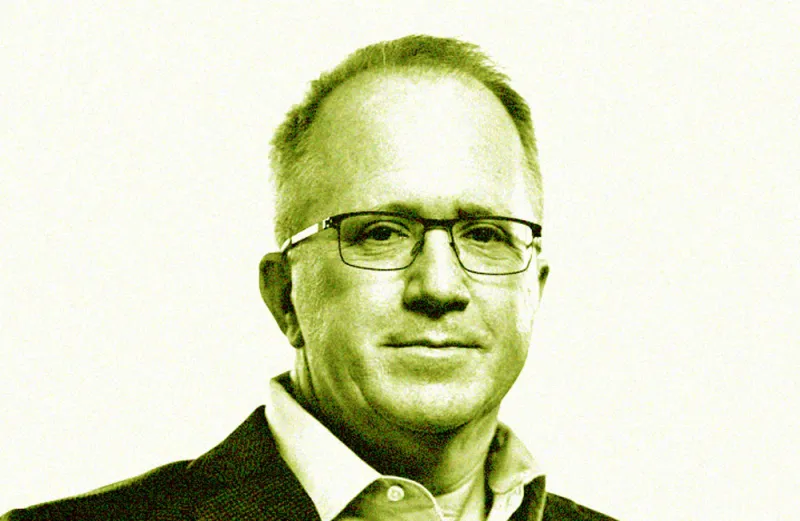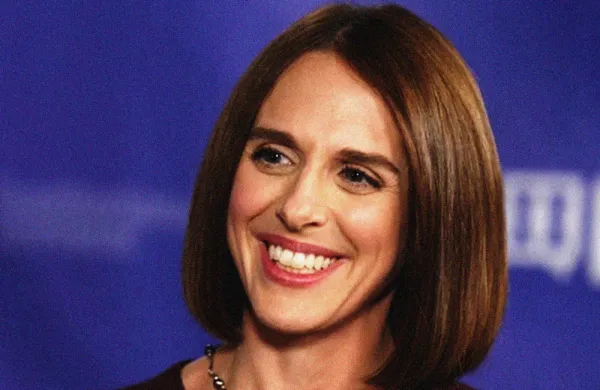When the $30 billion Constellation investment office officially split from Exelon in February, the odds for success appeared to be stacked against new chief investment officer Brian Andersen.
Andersen, along with Exelon CIO Doug Brown, was tasked with dividing up a $51 billion investment office — which included both pension and nuclear-decommissioning trust assets — amid a burgeoning bear market. At the same time, he was working to beef up his pre-existing team with eight new staff openings amid one of the hottest job markets in decades.
Energy giant Exelon had been working on its plan to spin out Constellation, its power generation business, months before the split became official in February. That gave Andersen, who at the time was working as vice president of investment strategy at Exelon, plenty of time to prepare.
So far, things have gone well. Andersen has hired three senior portfolio managers: Austin Cooley from the Fire and Police Pension Association of Colorado, Dennis Montz from Sentinel Trust, and Wesley Pulisic from New York City’s Retirement System.
He also brought in Ana Mendez and Dan Villasenor to handle operations, with another new hire pending. The search for the remaining two openings has been paused until year-end.
“When we started in February with the company split, I was definitely a little concerned over talk of the Great Resignation and how hard it would be to fill eight job openings,” Andersen said by phone. “We decided to cast a wider net looking by including non-Chicago based candidates for the more senior positions. This approach greatly strengthened our pool of candidates.”
Andersen has since been working on building cohesion among team members who are working remotely. He has held collaboration weeks in the organization’s Chicago office, where the team not only spent time working, but also building relationships at Cubs games and over small lunches with one another.
“Another way to build team cohesion, we’ll try to be more strategic about coordinating manager visits,” Andersen said. “Maybe we take a West Coast or New York trip together and use that as a way to keep or build the culture.”
As for the investments? On day one of the split, Constellation held between 65 and 70 percent of its assets. The remainder was divided monthly between Exelon and Constellation. There are some small investments that still need to be split up, but today, 96 percent of Constellation’s assets are held in its trust.
The timing worked out, Andersen said.
“Freeing up the equity and fixed income assets was very helpful,” he said. “We started de-risking pretty aggressively in March and April. We got in front of a lot of the sell-off.”
After selling off some equity assets, Constellation decided not to rotate immediately into fixed-income assets.
“Obviously with the way rates were going, we weren’t in love with fixed income so we decided not to immediately re-invest equity sales into long-duration bonds,” he said. Instead, Andersen’s team chose to hold a large cash position — about 5 percent of the portfolio. With each 25 basis point shift in interest rates, the team would add to the fixed income side, raising Constellation’s hedge ratio.
Today, Constellation’s funded status has improved, sitting at 93.5 percent thanks to contributions from the organization, workforce demographics, and investment management.
“The investment philosophy we’re not changing,” Andersen said. “Doug did it the right way.”







